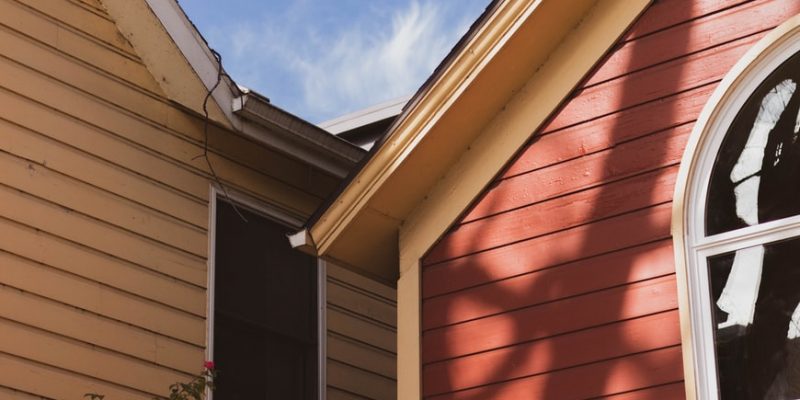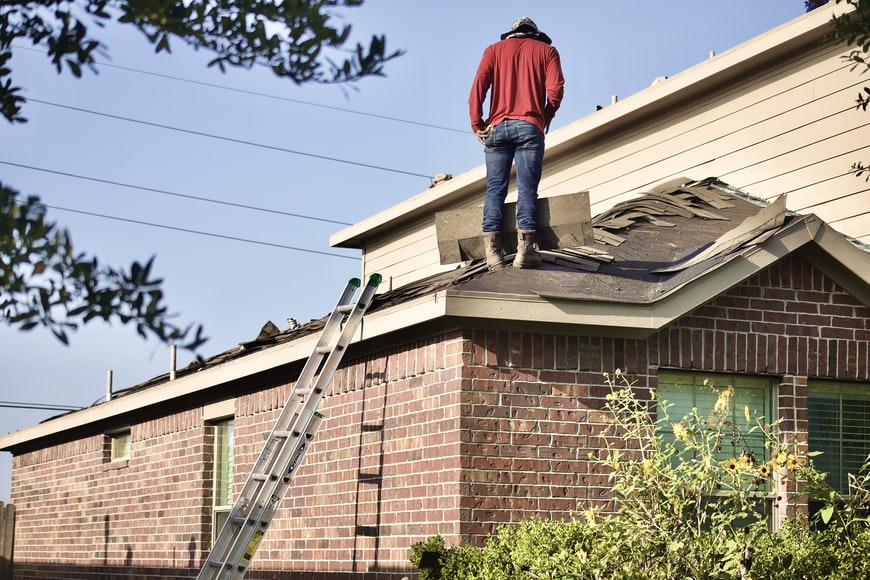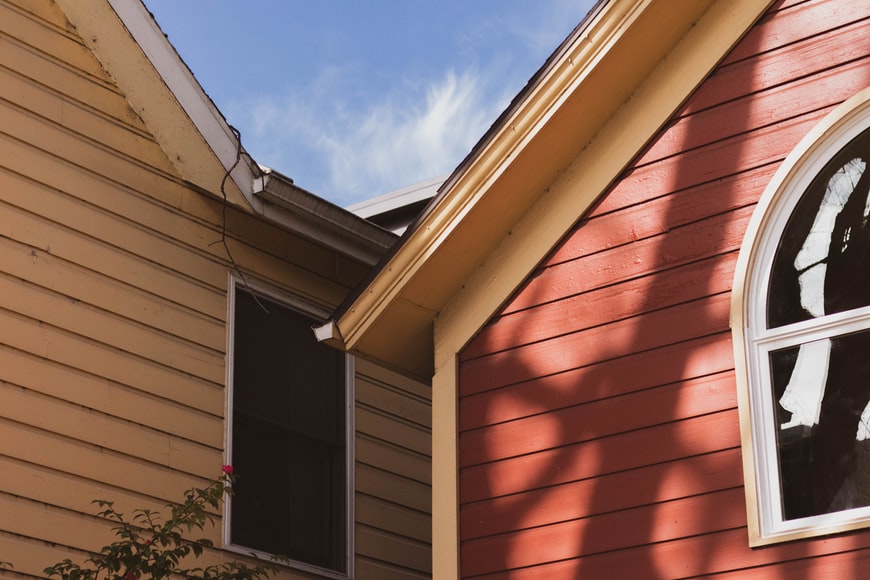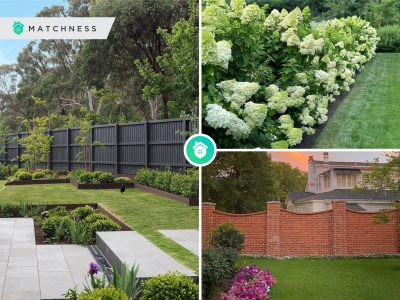Exterior design, when done beautifully, is one of the best ways to express your style. However, exterior design can also be blamed for damage (especially water damage) inside your house. The fact that most homes are designed by architects who focus on the interior means homeowners often overlook these kinds of design flaws until it’s too late. Follow these five tips to keep the rain away from your foundation and out of your home’s interior!
Understand How Water Flows
Water always seeks the path of least resistance. Unfortunately, this path usually leads right into our homes through leaky roofs, poorly designed eaves, or drainage downpipes that are positioned too low. Understanding how water flows across (and into) your property will allow you to plan your yard and exterior design in a way that discourages the flow of water to places you don’t want it to go. Also, keep in mind that the actual path of water flow can vary depending on your region’s topography. In a place where it rains frequently, you need to be especially careful about encouraging water to flow towards your foundation!
Improving the Landscape Near the Foundation of Your Home
Improving how water flows off your property can go a long way towards protecting your home’s foundation from serious damage (especially if you get heavy rainfall). Installing drainage swales or dry wells can make a big difference in reducing runoff during big storms. These landscaping features collect rainwater and direct excess water away from vulnerable areas like your foundation and windows, preventing potential flooding caused by backed-up gutter systems. If you’re not sure where to start, consult a landscaper or horticulturist who can help you improve the flow of water across and away from your home to protect your foundation and windows during heavy rains.
Install Larger Downspouts
Downspouts are essential for directing water away from your foundation, but many homeowners make the mistake of installing downpipes that are too small. This is especially common in older homes where downspout installation wasn’t originally part of the design or expansion projects. The problem is that smaller downspouts don’t redirect enough water quickly enough to prevent flooding around windows and doors during heavy rains. Rather than digging up your entire yard to install larger downpours, try installing extensions with a longer run – this allows the same size drain pipe to divert rainwater from your roof more efficiently. Installing downspouts at the right height is also important, especially during large storms when there is a lot of rainfall in a short time. If downspout spouts are too low, heavy rains will pour right over the sides and allow rainwater to seep into your foundation irregularly throughout the year.
Consider Underground Drains
Sometimes redirecting rainwater isn’t always an option because it just gets too much water. If you have a hillside on your property, installing underground drains might be the answer to redirect excess rainfall. Underground drains are also helpful when you live in an especially rainy area, or if you want to divert rainwater from washing mud into your home’s foundation. You can even install drain systems that divert water right into your yard, where it’s easy for landscapers to assist with plant irrigation during dry spells. Also, be careful where you locate underground drains because they can cause drainage problems in your yard – especially if the drain runs under a driveway, sidewalk, or another surface.
Improve Gutters
A lot of the problems that cause water damage to homes occur because gutters are either poorly designed or they’re clogged with debris. Leaves, twigs, branches, and other organic matter can quickly cause the gutters on your home to overflow during heavy rainfalls. Poorly-designed downspouts also contribute to this problem by unnecessarily diverting water away from roofing materials (not to mention how inconvenient it is when you have to climb up a ladder every time your gutter system backs up). Installing new gutters can prevent these issues from occurring over time – especially if you hire a professional gutter contractor who knows all about proper gutter design for your region’s climate.
Cover Windows and Doors
Properly protecting your home’s windows and doors during heavy storms is also important – not just for preventing water damage to your home, but for protecting your family’s safety. During heavy rains or driving winds, open windows and doors allow rainwater to blow directly into your home which can cause structural damage, interior flooding, and even pose a threat to the lives of pets and human occupants. Installing window storms with built-in seals is helpful because they prevent water from entering around window frames. You can also install permanent storm panels that shield openings during inclement weather without affecting how you use these areas daily.
Many homeowners underestimate how quickly small leaks can add up until they’re surprised by costly repairs or annoying flooding problems inside their homes. Keep these tips in mind when you are planning exterior design for your home to reduce the rate of rainwater flowing toward your foundation. With some careful thought and some professional help from landscapers or horticulturists, it’s not too hard to make changes that will protect your home foundation during heavy rains.






















